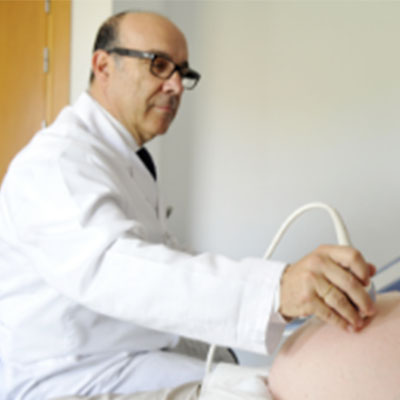
Assisted hatching
Assisted hatching is a technique used in the in vitro fertilisation laboratory that consists of making a small hole in the membrane that surrounds the embryo, the zona pellucida (ZP), with the aim of making it easier to detach from it (which naturally needs to happen) and thus be able to implant in the mother’s uterus.
Assisted hatching indications
Assisted hatching is mainly used:
- To encourage embryo implantation in some cases of recurrent embryo failure.
It is advised in couples who have gone through several transfers of good quality embryos but that have failed to implant. Assisted hatching aims to help the embryo break away from the zona pellucida and hatch in the uterus more easily.
- As part of the process of studying embryo genetics (PGT-A)
Making the hole in the ZP of the embryo will allow the obtaining of a few cells through a biopsy process, so that they can be genetically analyzed before the transfer of the embryo to the uterus.
Assisted hatching can also be used in cases such as the following:
- Transfer of cryopreserved embryos. Some studies suggest that the freezing process hardens the zona pellucida.
- Embryos with a larger than normal zona pellucida since this may make it difficult for the embryo to hatch out.
- Embryos taken from older patients since they tend to have a harder zona pellucida, making them more difficult to break.
Assisted hatching is usually performed using laser pulses, which allows us to have great precision. It is also a fast and safe process for the embryo.
